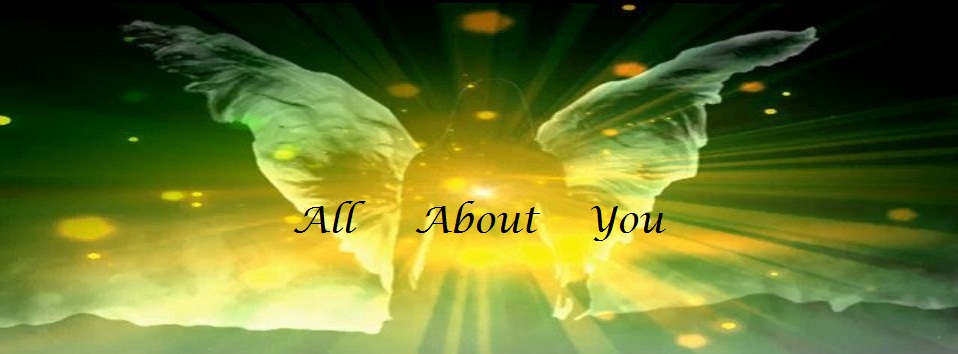50 percent off all massage
Hurry in to take advantage of My Christmas massage promotion....in December.
Buy as many as you want, and use them over the next year!
Treat yourself, or someone special.
There are many different types of massage, including these common types:
Swedish massage.
This is a gentle form of massage that uses long strokes, kneading, deep circular movements, vibration and tapping to help relax and energize you.
Deep massage.
This massage technique uses slower, more-forceful strokes to target the deeper layers of muscle and connective tissue, commonly to help with muscle damage from injuries.
HEALTH BENEFITS OF HOT STONE MASSAGE
Hot stone massage performed by a certified therapist can help relax the body's muscles and soft tissues, alleviate pain, improve circulation and help rid the body of toxins. This type of massage treatment can also reduce stress, promote calmness and increase relaxation. Many hot stone massage enthusiasts even claim they experience a sense of enlightenment, inner peace and renewed spirituality after a hot stone massage session.
Benefits of massage
Massage is generally considered part of complementary and alternative medicine. It's increasingly being offered along with standard treatment for a wide range of medical conditions and situations.
Studies of the benefits of massage demonstrate that it is an effective treatment for reducing stress, pain and muscle tension.
While more research is needed to confirm the benefits of massage, some studies have found massage may also be helpful for:
- Anxiety
- Digestive disorders
- Fibromyalgia
- Headaches
- Insomnia related to stress
- Myofascial pain syndrome
- Paresthesias and nerve pain
- Soft tissue strains or injuries
- Sports injuries
- Temporomandibular joint pain
Beyond the benefits for specific conditions or diseases, some people enjoy massage because it often involves caring, comfort, a sense of empowerment and creating deep connections with their massage therapist.
Despite its benefits, massage isn't meant as a replacement for regular medical care. Let your doctor know you're trying massage and be sure to follow any standard treatment plans you have.
Hurry in to take advantage of our Christmas massage promotion....in December.
Buy as many as you want, and use them over the next year! Treat yourself, or someone special.
Tell a friend!






